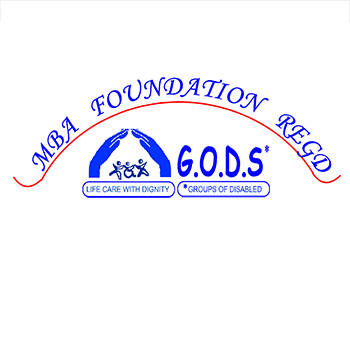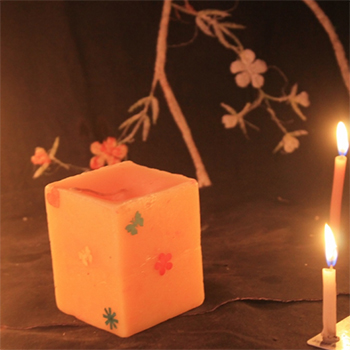The objective of the project is to design an assistive device for people with cerebral palsy (CP). The primary objective of the device is to help people communicate their basic needs to their caregivers. Apart from communication, the device would also be used for training their motor skills, participating in recreational activities, and teaching various topics. The popular input devices like a mouse or keyboard require fine motor skills to give input to computers, which is not possible for people with spastic CP. The solution proposed here is a tangible device that is pressure-sensitive. It takes the input signal of gross motor movement, like the tapping of feet or hands, and converts it into meaningful information. It can recognise the position and the pressure of fingers touching it. This device can be attached to any computer and used for various applications. The solution describes how the users would interact with the device for applications of motor skill development, communication, and recreational activities. For the purpose of testing the concept, a person with cerebral palsy was chosen. He has quadriplegia, and the only part of his body that he can voluntarily control is his left toe. Therefore, the present prototype of the device was made to be operated by the left toe.






